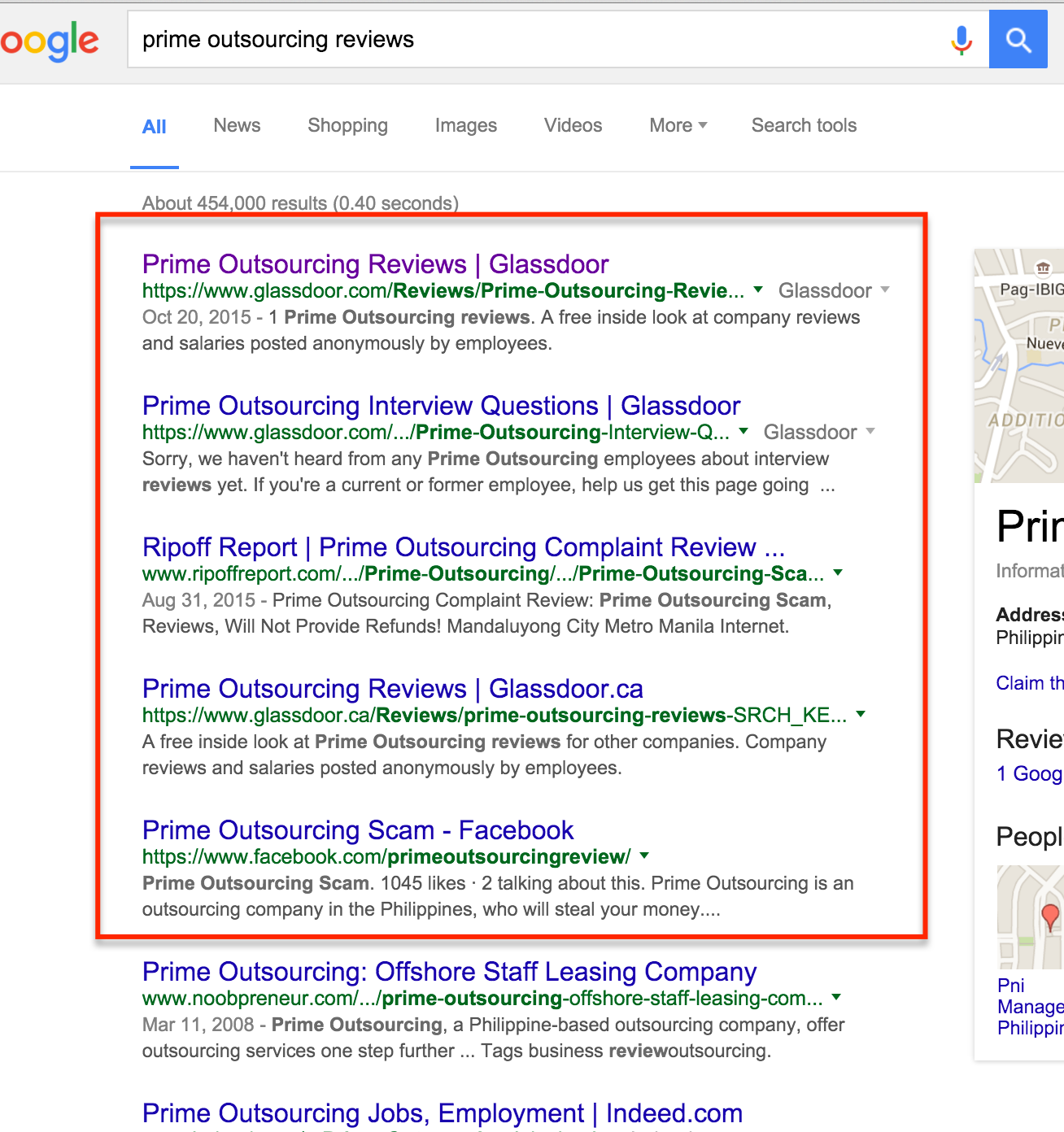If you want to increase your Adwords quality score, there are a few things that you can do. The benefits are enormous, and include getting higher placement of your advertisements, increasing your CTR (click-through rate) and getting lower minimum bids on the keywords that you want.
If you are running an Adwords campaign you already know that Google will assign you a quality score for each keyword that you are using in a campaign. This score is very important because it has a huge effect on the performance of your campaign. If you know how to increase your score, it can definitely give you an advantage over the competition.
Google awards advertisers who are giving their searchers the best possible experience through the ads that they post. That does not mean that it is reserved for those who spend the most money. Even though Google wants to make money, they also want to provide their users with the best experience possible, and that means that not only will you make your visitors happy, you’ll make Google happy as well.
Your quality score is a variable that each of your keywords will receive and has an effect on where you rank and how much you pay per click. Want to pay less? Increase your quality score. Knowing how to use this information starts with understanding how Google assigns that all-important quality score. There are three things that the Big G looks at:
- Your Click-through Rate, commonly abbreviated as CTR. This is how many people see your ad and click on the link.
- The relevance of your ad to the keyword being searched for. If you sell office supplies but try to advertise your site using keywords for women’s clothing, Google won’t like that.
- Your landing page. Google wants to see relevant and high quality landing pages that load fast and on sites that have a good reputation.
You can find out more about how this dynamic works by using Google’s Adwords Help Center. For now, let’s get to the five ways that you can increase your Adwords quality score.
One: Campaign Structure
You want to try to structure your ad campaigns into targeted ad groups. When you structure your campaigns this way, you are creating more relevancy between the keyword being used to see the ad and the advertisement itself. So, use many different ad groups that are more specific and directly related to the keyword that they contain. This can be a little time consuming but it is completely worth it.
You don’t want to have just a couple of ad groups that have all of your keywords in them because your ads aren’t going to show up as relevant that way. Also, have a smaller number of keywords for each ad group. In fact, the smaller number of keywords that you can use the more relevant your ad will be seen as. Keyword variations should be very closely related, like plurals.
Take your keywords to a Word document and group them into lists where they go together logically. You can use categories like branded, not branded, specific products, services and the like to categorize them. That way you know where you can use them and how they go together and it will help you set up small ad groups and keep them focused and relevant to the keyword. Also, don’t forget to use negative keywords as well because it will improve your performance. The trick to getting a great quality score is to organize your account as efficiently as possible, so plan your account and take the time to get your keywords and ads organized properly. It will work much better that way and you will find you get a higher quality score.
Two: Optimize Your Copy
You want to choose ad copy that is closely related to your keywords. This will increase the relevance of the keywords being used to find your ads. That not only increases your quality score, but it will also create a dramatic increase in your click-through rate. Get your keywords into your ad copy if you can. There are two basic options: insert them manually or use DKI (dynamic keyword insertion).
Three: Target Landing Pages
You want to target your landing pages as much as possible. You don’t just want to send the visitors who click on your ad anywhere, you want them to land on a specific landing page that is optimized for that particular ad group. While it may take some extra time to design a landing page for each keyword group (depending upon how many you have) you will definitely benefit from the relevancy bonus. Your end goal should be for the user to click on an ad and then land on a page that they would expect to find for that ad. You can use the Google Adwords Keyword Tool to see what Google sees by typing in the URL of your site. Google will tell you what keywords it thinks the site is relevant to.
Four: Know Your Quality Score Factors
These were discussed a little further up the article, but there are more comprehensive charts out there that will give you a much better idea of how the Quality Score is calculated and more importantly, how you can use that information to increase your quality score. You can use your own charts to track your campaign and your quality scores as well.
Five: Decrease Your Load Time
Many people simply aren’t aware that Google looks at your load times as part of your quality score. You want to decrease the loading time of your landing page as much as possible by removing anything that doesn’t need to be there, and changing elements of the page that are too slow in loading. Check each one of your landing pages and reduce them down as much as possible. Some of the possible culprits to slow loading times include:
- Slow or Multiple Redirects
- Interstitial Pages
- Meta Refreshes
- Hosted on a Slow Server
- Large Page Size
- Page Elements That Are Slow Loading
Google Webmaster tools will help you test your page speed and your loading time. These five things will help you to increase your quality score and that in turn will cause you to be ranked higher in the SERPS and pay less for the privilege. Although some of these changes may require some work on your part, it is well worth the effort if it means that you’ll be able to lower the cost of paying for your Adwords ad blocks and be able to reap the sales that come from increased click through rates and happy visitors who find what they expect.





















